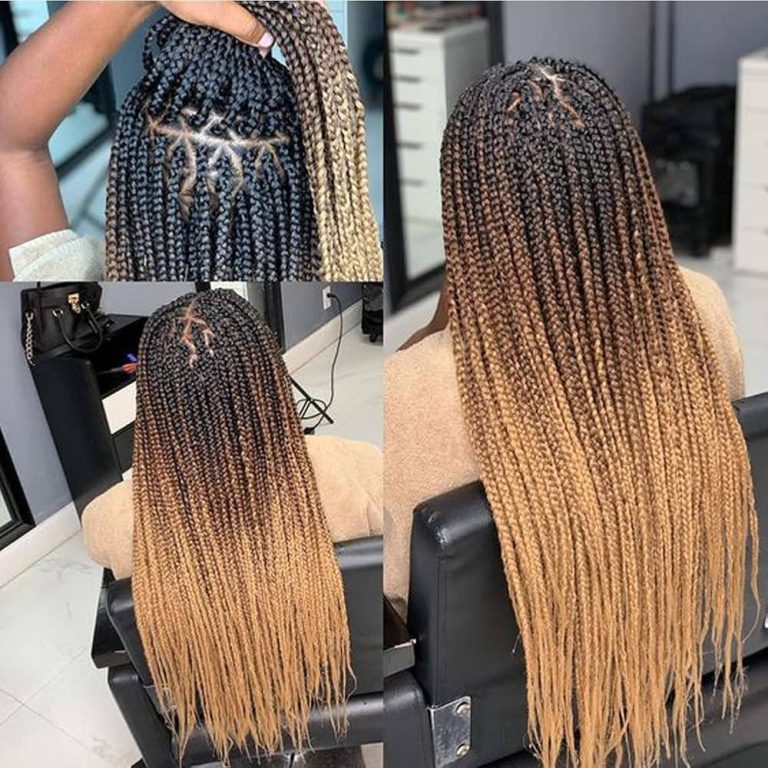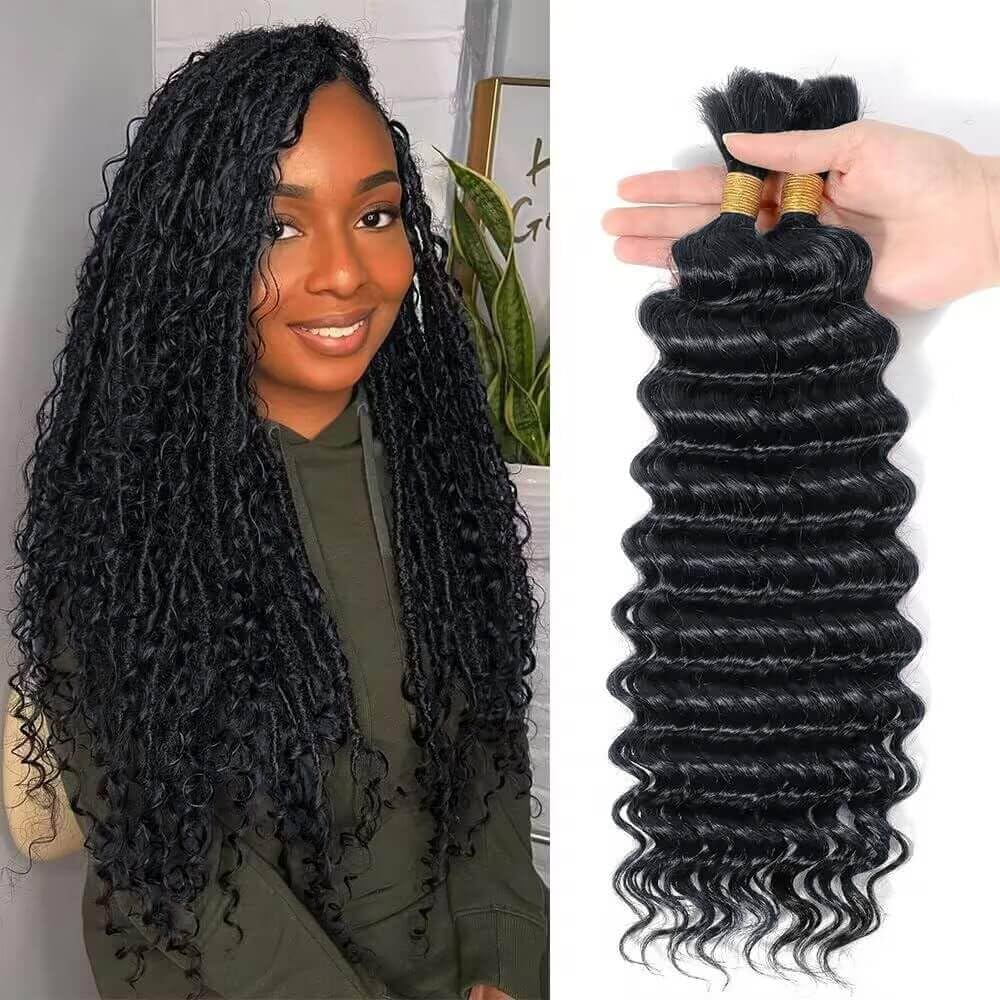
Braids Maintenance Basics: Essential Tips for Healthier Locks
Pre-Braiding Hair Care
Proper pre-braiding preparation is crucial for the health of your hair and longevity of your braids. How to take care of braids? Before embarking on this protective styling journey, let’s delve into the essentials of pre-braiding hair care.
Prepping Your Hair for Braids
To begin, your natural hair should be in the best condition possible. This includes cleanliness and moisture levels. It is advised to wash your hair with a sulfate-free shampoo to remove any build-up, allowing the braids to sit neatly and reduce itchiness. After washing, thoroughly dry your hair to prevent any mildew or mold growth once braided.
The Importance of Deep Conditioning Before Braiding
Deep conditioning plays a pivotal role in braiding prep. It hydrates your tresses, leaves them softer and stronger, and minimizes the chance of damage while in braids. Apply a rich conditioning treatment at least a day prior to your braiding appointment to ensure your hair absorbs all that nourishing goodness.
Tips for Healthy Hair Prior to Braiding
In addition to cleansing and conditioning, here are a few more tips to ensure your hair is braid-ready:
- Detangle gently, using a wide-tooth comb to avoid breakage.
- If your hair is prone to dryness, consider a leave-in conditioner for extra moisture.
- Treat your scalp to a light oiling session—oils like jojoba, coconut, or castor can nourish the scalp and promote hair health.
- Avoid any harsh chemical treatments, like coloring or relaxing, close to braiding time as this can weaken your hair.
These foundations of pre-braiding hair care set the stage for beautiful, healthy, and long-lasting braids.
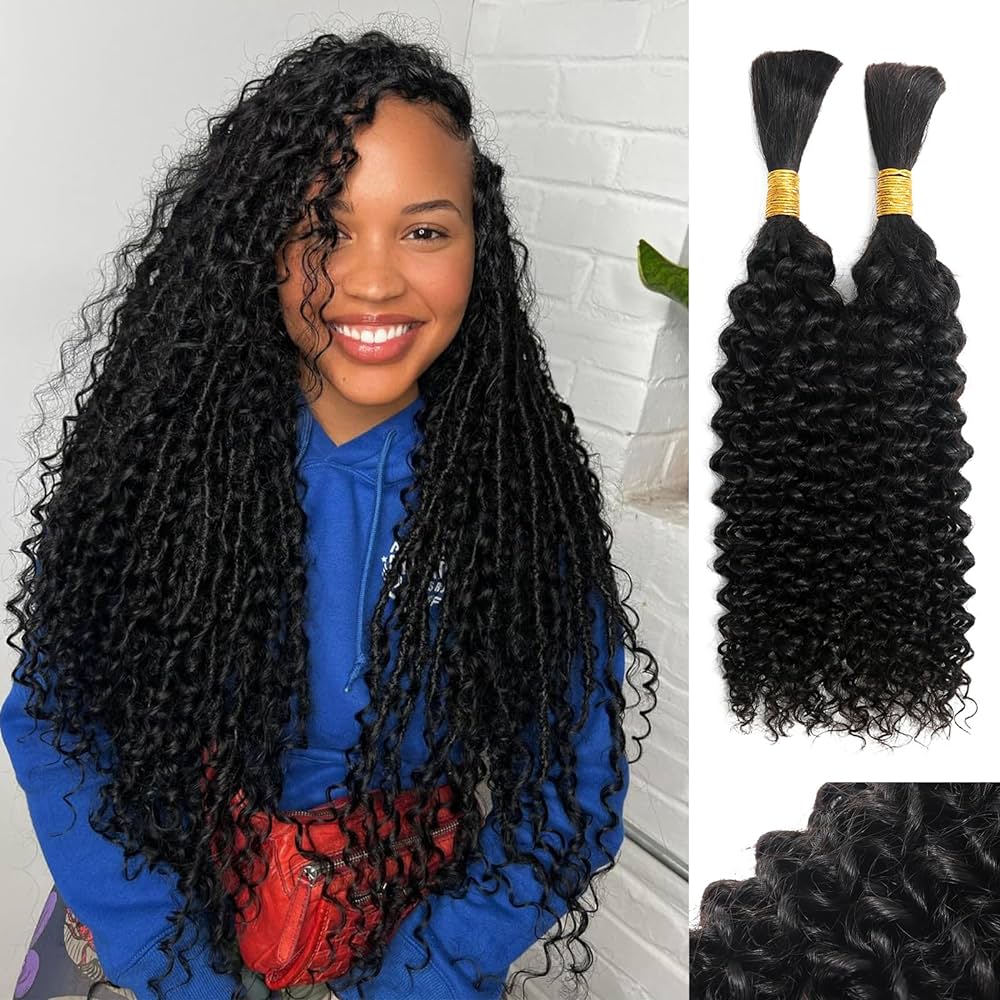
Selecting the Right Braider
Selecting the right braider is pivotal to the success of your protective style. A great braider combines skill, experience, and a clear understanding of your hair needs to create a style that not only looks fabulous but also maintains the health of your hair. How to take care of braids?Here’s how you can find the right professional for your braids.
Finding a Trusted Braider Through Referrals
Nothing beats a personal recommendation when it comes to finding a trusted braider. Reach out to friends, family, or social media connections who consistently sport braided styles. Their positive experiences can lead you to a reliable stylist. Pay attention to reviews and feedback before making your decision.
What to Consider When Choosing a Braider
Selecting a braider involves more than just admiring their work. Here are a few aspects to keep in mind:
- Experience and Portfolio: Look at the braider’s past styles. Do they have a diverse portfolio? Experience with your hair type?
- Hygiene and Sanitation: A clean work environment and sanitized tools are non-negotiable for preventing scalp infections.
- Customer Service: Consider their professionalism and communication skills. They should be willing to discuss your preferences and concerns.
- Pricing: Ensure the cost is transparent and within your budget. Avoid braiders who are vague about expenses.
- Availability: Make sure they can accommodate your schedule and offer timely appointments.
- Aftercare Advice: A good braider will also provide tips on how to take care of braids, which is crucial for maintaining your new style.
Taking these steps ensures that you select a braider who respects your hair’s health and your personal style, leading to a more satisfying braiding experience.
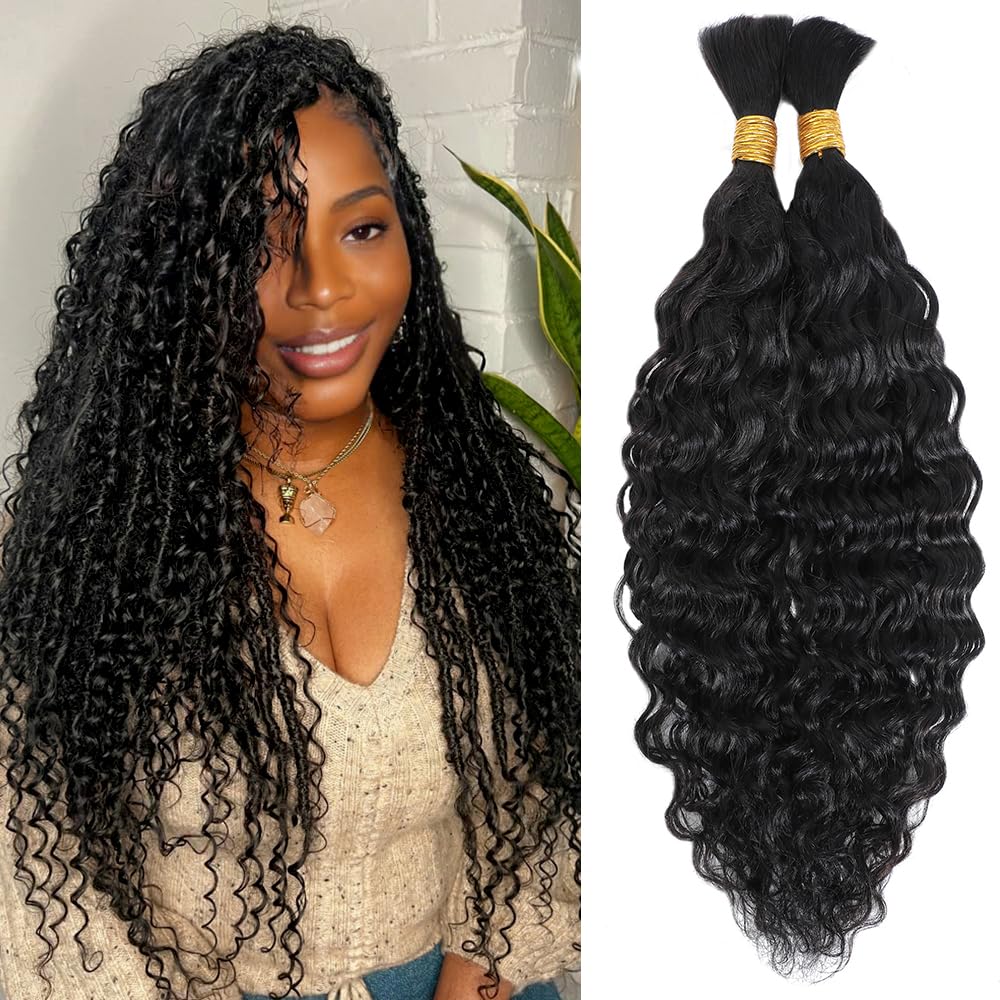
Choosing Quality Braiding Hair
Selecting the right hair for your braids is critical for both the appearance and health of your hairstyle.How to take care of braids? High-quality braiding hair ensures that your braids look not only fabulous, but also last longer without damaging your natural hair. How to take care of braids?Let’s discuss how to choose the best hair and the options available.
Discussing Hair Types and Quality with Your Braider
It’s essential to talk about hair quality with your braider before starting. Ask about the types of hair they offer and their recommendations for your chosen style. Inquire about the hair’s source, texture, and if it’s prone to tangling or itching. Your braider’s experience will guide you in choosing hair that is durable and suitable for your braiding needs.
Different braiding styles may require different hair types. For example, box braids might look best with a certain texture, while micro braids may need another. Always take your desired outcome and personal comfort into consideration when discussing options.
Considering Synthetic vs Natural Braiding Hair Options
The choice between synthetic and natural hair for braiding is a personal one, often influenced by budget, desired look, and maintenance commitment.
Synthetic Hair:
- More affordable than natural hair.
- Comes in a variety of colors and textures.
- May cause itching or allergic reactions in some individuals.
Natural Hair:
- Looks and feels more like your own hair.
- Typically more expensive but can blend seamlessly with your natural hair.
- Less likely to cause scalp irritation.
No matter which type you choose, ensure the hair’s quality aligns with your expectations and maintain open communication with your braider to prevent disappointment.
Braided Hairstyle Variations
The beauty of braids extends across a myriad of styles, each offering a unique look and feel. Exploring the numerous braided styles available can help you find the perfect match for your personality, lifestyle, and hair type.
Exploring Different Braided Styles Suitable for You
When selecting a braided style, consider factors like face shape, hair volume, and maintenance level. Classic options like cornrows or the ever-popular box braids might be your pick. Perhaps intricate designs or bolder statement braids align with your style. The key is to choose a style you love that also promotes healthy hair.
The Classic Box Braids and Trending Knotless Braids
Box braids are a timeless option that offer versatility in styling and protect your natural hair. They can be worn long, short, thin, or thick, tailored to your preference. Recently, knotless braids have risen in popularity, known for their natural finish and less tension on the scalp. This method gradually feeds in hair, reducing stress on your edges, making it a healthier option.
Micro, French, and Crown Braids: Finding Your Style
Micro braids work well for a delicate, refined look but require careful handling to avoid hair stress. French braids are a classic that work for almost any occasion, providing elegance and ease. For an air of sophistication, crown braids circle your head, creating a stylish halo. Each style carries its own charm, so consider your routine and desired aesthetic when making your choice.
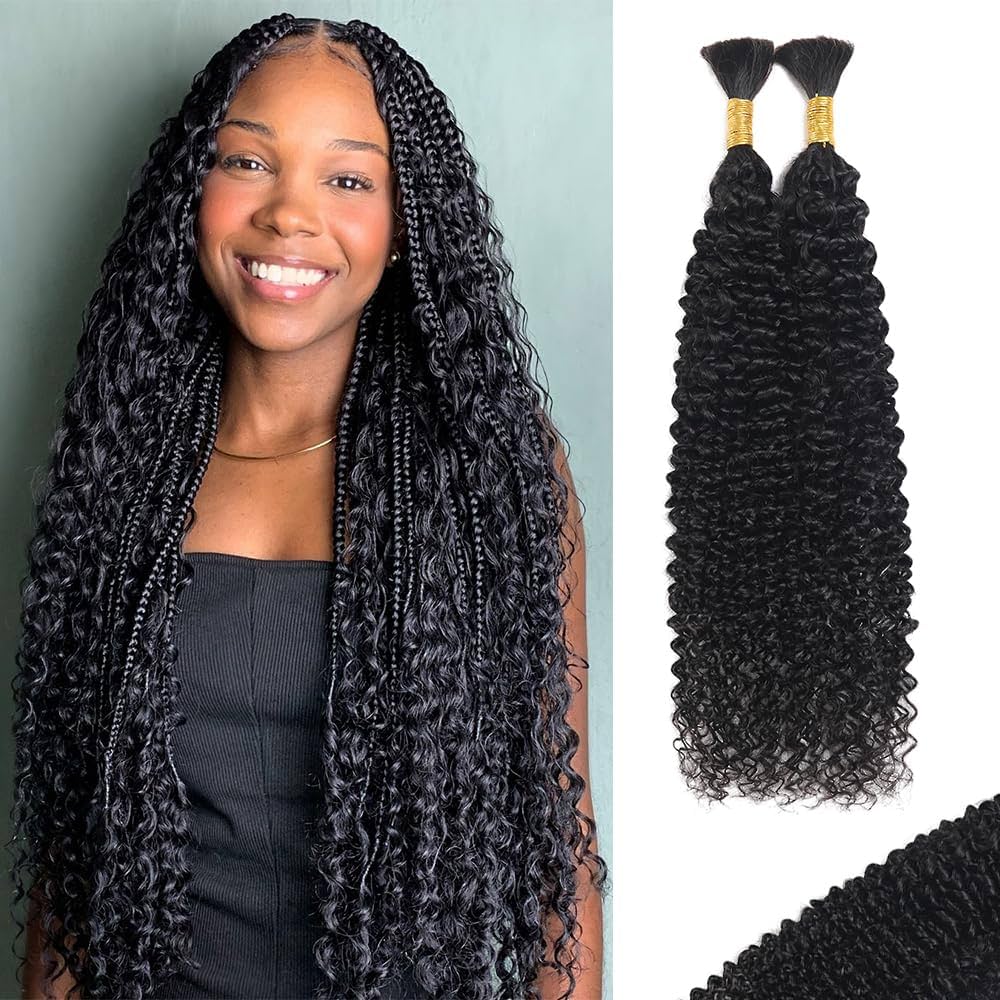
Post-Braiding Hair Care
Properly maintaining braided hair ensures it stays fresh, neat, and healthy. After having your braids installed, follow these vital steps to keep them looking great.
Maintaining Your Scalp and Braids
A clean and nourished scalp leads to healthier hair and comfortable braids. To minimize itching or dandruff, use specified braid sprays weekly. Applying oils, like jojoba or tea tree oil, can alleviate dryness and promote scalp health. Wrap your hair in a satin scarf at night to reduce frizz and edge strain.
DIY Moisture Sprays and Oiling Techniques
Moisture is key to keep braids shiny and prevent breakage. Create a DIY spray with water, leave-in conditioner, and aloe vera juice for daily hydration. When oiling your scalp, target the parts with a nozzle bottle and gently massage. This promotes circulation and hair growth without disrupting your braid pattern.
Washing and Conditioning While Braided
Braids don’t require frequent washing, but keeping your scalp clean is crucial. Use diluted shampoo directly on the scalp every 2-3 weeks. Rinse thoroughly, avoiding harsh rubbing. After washing, a lightweight, rinse-out conditioner or a spray leave-in can maintain softness without causing build-up. Always ensure your braids are completely dry to prevent any musty smells or potential mold growth.
Avoiding Braid Wear-and-Tear
Maintaining braids requires careful attention to avoid damage to both the braids and your natural hair. Over time, without proper care, braids can wear out, leading to frizz, discomfort, and even hair loss. To help preserve the integrity of your braids and prevent early wear-and-tear, follow these key tips.
Recognizing the Signs of a Bad Braid Job
A bad braid job can bring about more than just disappointment; it can cause hair damage. Keep an eye out for red flags such as:
- Excessive tightness causing discomfort or headaches.
- Scalp irritation or signs of allergic reactions.
- Braids appearing uneven or with loose ends.
- Visible frizz or stray hairs shortly after installation.
If you notice any of these signs, consider seeking a different braider for future installations.
Managing Frizz and Loose Strands
Frizz and loose strands are common issues with braided styles. To manage these:
- Use a silk or satin scarf at night to protect your braids.
- Apply a light braid spray or mousse to tame flyaways.
- Resist the urge to frequently touch or manipulate your braids.
- Schedule regular maintenance appointments for touch-ups.
How to Properly Wash Braids Without Causing Damage
Washing your braids too often or incorrectly can lead to frizz and unraveling. When it comes time to cleanse:
- Dilute shampoo in water and apply it directly to the scalp.
- Gently massage the scalp without disturbing the braids.
- Rinse thoroughly, letting water flow without rough handling.
- Pat braids with a towel and allow them to dry completely.
By integrating these maintenance strategies into your hair care routine, you can enjoy beautiful braids that last without causing undue stress to your natural hair.
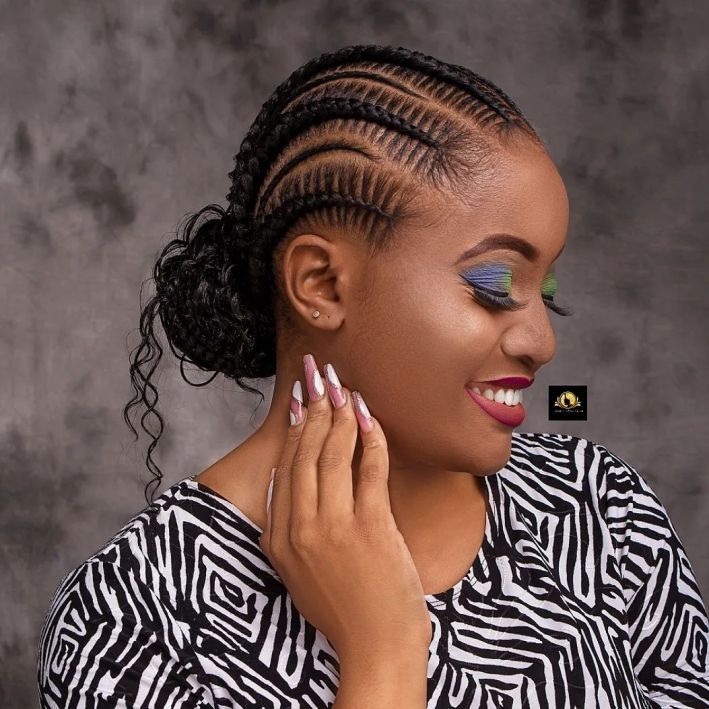
When to Remove and Rest Your Braids
Knowing when to remove braids is key to maintaining healthy hair. Braids can protect your hair but should not overstay. Below, we break down how long to keep them in and why it matters for your hair’s health.
The Optimal Duration to Keep in Braids
Braided styles look great and help hair grow, but they can also cause stress if worn too long. Keep box braids, cornrows, and other styles in for no more than six to eight weeks. Prolonged wear can lead to tangles, matting, and breakage.
Knotless braids may last a bit longer, as they place less tension on the scalp. But take care to watch for new growth and any signs of discomfort. When unsure, it’s better to remove them before reaching the eight-week mark to be safe.
Giving Your Hair a Break: Transitioning After Braids
After taking out your braids, give your hair a chance to rest. This means at least a two-week break before reinstalling braids or any other protective style. Use this time to moisturize, condition, and trim if needed. Your hair will thank you with improved strength and vitality.
During the break, wear your hair in low-manipulation styles that don’t pull on your roots. This is the time to baby your strands and scalp. Giving your hair a break also reduces the risk of traction alopecia, caused by continuous pulling from tight styles.
Proper Techniques for Taking Down Braids
Taking down braids should be done with patience to avoid damaging your natural hair. Cut the ends of the braids if they are significantly past your hair length. Unravel each braid gently to prevent unnecessary breakage and keep a detangling spray or oil handy to ease the process.
Once all the braids are removed, wash your hair with a gentle, sulfate-free shampoo and follow up with a deep conditioning treatment. This process helps restore moisture and elasticity to your strands.
Remember, carefully taking down your braids is just as important as the initial installation for preserving your hair’s health.

